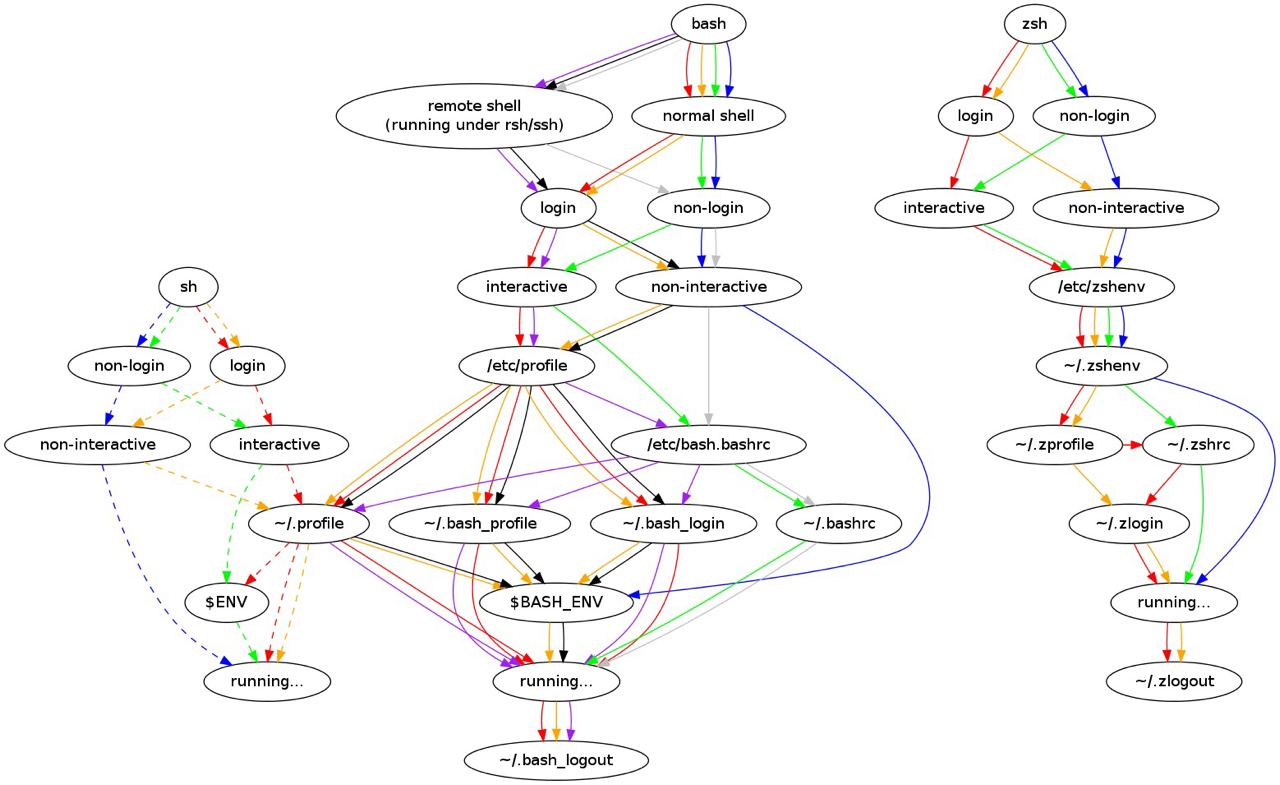I have printed PA and tent idea will probably work but the other person is not kidding, PA is very finicky. Plan on printing PA directly from a dry box as even sitting on the printer will ruin a roll of it if you live somewhere with more than like 20% humidity outside, also make sure your dryer can reach 85c to dry out a spool of PA, even with a dry box I usually dry PA immediately before printing it. As others have mentioned, definitely consider ASA or PETG or maybe even PC (if that printer can print it) where you don’t really need the material properties of PA specifically.
The tent will also probably be important for maintaining temperature of the chamber more than the smell, nylon doesn’t have a ton of odor anyway. You may need to put a blanket on it, you probably won’t need a chamber heater since nylon needs like a 65c bed or more, just make sure to pre-heat the chamber first by turning the bed on, I usually let mine warm for 20 min or more. It is alap important to keep the temps stable as nylon also warps easily which can cause it to pop off the bed while printing too So make sure the tent is sealed and try not to open it.
Sounds like an interesting project though, best of luck!





Glad to help! Mixing colors shouldn’t be an issue, I have done it in the past, also have mixed PA and PA-CF in the past without issue. I bet you could even find a tent with a window and run a PTFE tube to a dry box outside the tent then you could pull the first color out and put the second one in without having to open the tent.
Also, just to say it out loud I would definitely test the strength of the layer adhesion (especially between the colors since they might have different additives) for anything structural, especially if you might get injured if it fails, just to be double safe heh.
Last, at least where I am, PA is significantly more expensive than ASA or PETG so might be worth looking at those for at least prototypes of the parts. For example, I typically use PLA to prototype ASA parts, has usually been fine to swap it out with just minor tolerance adjustments and it’s way cheaper to print 50 versions in PLA while I’m working out the design and then I print the final ones in ASA or whatever.